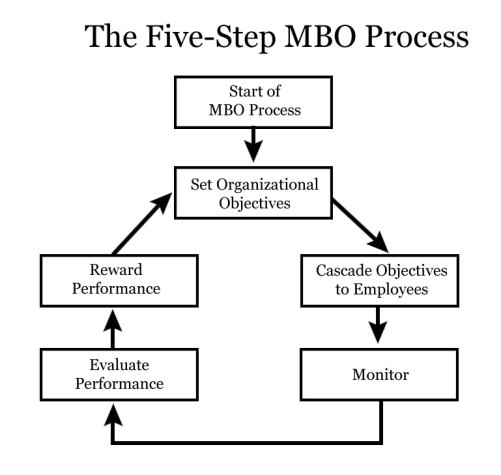A contract of employment is essentially an agreement between the employer and the employee. It should have the purpose of outlining the specific terms and conditions of employment. This can be either verbal or in writing and it can be regarded as forming the basis of the employment relationship between employer and employee.
The implications of different types of employment contracts can mean that there are different outcomes or considerations for the employer, depending on the type of contract. A full-time contract involves a set amount of working hours and terms and conditions including the minimum hours set by the employer, which is normally 35 hours or more a week.… Read the rest

